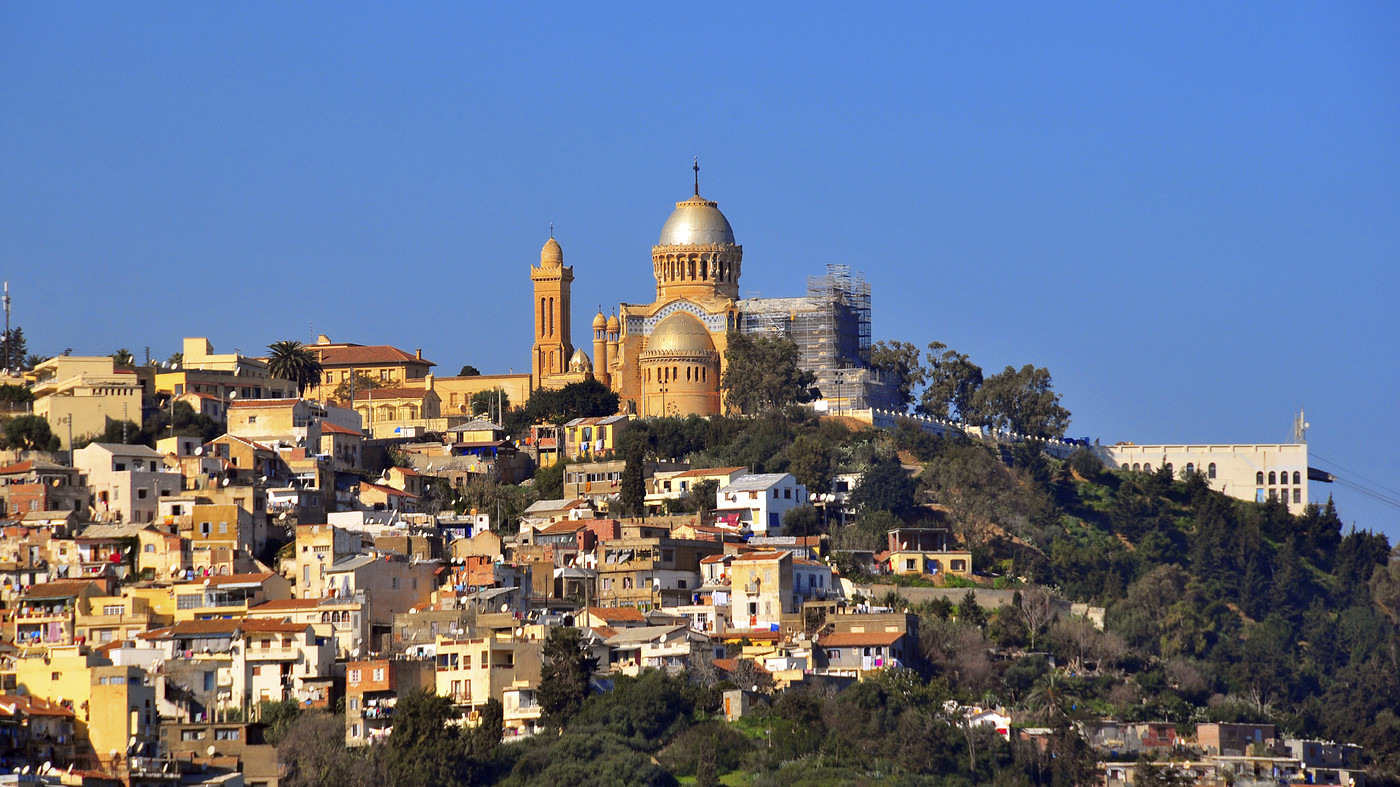Algeria, the largest country in Africa, boasts a rich tapestry of history, culture, and natural beauty. Situated in North Africa, it offers a diverse landscape that ranges from the Mediterranean coastline to the vast Sahara Desert. With a population of over 44 million people, Algeria is known for its unique blend of Arab, Berber, and French influences, making it a fascinating destination for travelers and history enthusiasts alike.
Table of Contents
Geography
Algeria covers an area of approximately 2.38 million square kilometers, making it the largest country in Africa and the tenth largest in the world. It is bordered by Tunisia and Libya to the northeast, Niger to the southeast, Mali to the southwest, Mauritania to the west, and Western Sahara and Morocco to the northwest.
The country has a varied geography, featuring the rugged Atlas Mountains in the north, the expansive Sahara Desert in the south, and a lengthy Mediterranean coastline stretching over 1,600 kilometers. Algeria’s diverse landscapes provide habitats for numerous species and offer breathtaking natural scenery.
States of Algeria
Algeria is divided into 58 administrative provinces, known as “wilayas,” which function similarly to states or regions in other countries.
| No | Province (Wilaya) |
|---|---|
| 1 | Adrar |
| 2 | Chlef |
| 3 | Laghouat |
| 4 | Oum El Bouaghi |
| 5 | Batna |
| 6 | Béjaïa |
| 7 | Biskra |
| 8 | Béchar |
| 9 | Blida |
| 10 | Bouira |
| 11 | Tamanrasset |
| 12 | Tébessa |
| 13 | Tlemcen |
| 14 | Tiaret |
| 15 | Tizi Ouzou |
| 16 | Algiers |
| 17 | Djelfa |
| 18 | Jijel |
| 19 | Sétif |
| 20 | Saïda |
| 21 | Skikda |
| 22 | Sidi Bel Abbès |
| 23 | Annaba |
| 24 | Guelma |
| 25 | Constantine |
| 26 | Médéa |
| 27 | Mostaganem |
| 28 | M’Sila |
| 29 | Mascara |
| 30 | Ouargla |
| 31 | Oran |
| 32 | El Bayadh |
| 33 | Illizi |
| 34 | Bordj Bou Arréridj |
| 35 | Boumerdès |
| 36 | El Tarf |
| 37 | Tindouf |
| 38 | Tissemsilt |
| 39 | El Oued |
| 40 | Khenchela |
| 41 | Souk Ahras |
| 42 | Tipaza |
| 43 | Mila |
| 44 | Aïn Defla |
| 45 | Naâma |
| 46 | Aïn Témouchent |
| 47 | Ghardaïa |
| 48 | Relizane |
| 49 | Timimoun |
| 50 | Bordj Badji Mokhtar |
| 51 | Ouled Djellal |
| 52 | Béni Abbès |
| 53 | In Salah |
| 54 | In Guezzam |
| 55 | Touggourt |
| 56 | Djanet |
| 57 | El M’Ghair |
| 58 | El Meniaa |
History
Algeria’s history is a complex interplay of indigenous cultures and foreign influences. The land has been inhabited since prehistoric times, with evidence of early human settlements dating back to the Paleolithic era. The indigenous Berber people, who have lived in the region for thousands of years, played a significant role in shaping Algeria’s cultural identity. The Carthaginians, Romans, and Byzantines also left their mark on the land, introducing their languages, religions, and architectural styles.
The ruins of ancient Roman cities, such as Timgad and Djemila, stand as a testament to this rich historical legacy. In the 7th century, Arab armies conquered North Africa, bringing Islam to the region and significantly influencing the culture and society of Algeria. The Berber population gradually adopted the Arabic language and Islamic faith, while maintaining some of their traditional customs.
During the Middle Ages, Algeria became a center of trade and scholarship, with cities like Algiers and Tlemcen flourishing as important cultural hubs. The Ottoman Empire later took control of Algeria in the 16th century, establishing a provincial government that lasted for over three centuries. The 19th century marked a significant turning point in Algeria’s history as France invaded and colonized the country in 1830.
The subsequent French rule was marked by brutal repression and significant cultural changes. Algerians fought for their independence for over 130 years, culminating in a violent struggle for liberation during the Algerian War of Independence from 1954 to 1962. The war claimed the lives of hundreds of thousands of Algerians and led to Algeria finally gaining independence in 1962, paving the way for the establishment of a sovereign state.
Top Ten Must-Visit Destinations
1. Algiers

Algiers, the capital city, is known for its vibrant Mediterranean atmosphere and stunning architecture. The Casbah, a UNESCO World Heritage site, features narrow alleys, historic buildings, and a rich history that reflects the city’s diverse influences. Visitors can explore the National Museum of Fine Arts and enjoy panoramic views from the hilltop of the Notre Dame d’Afrique.
2. Sahara Desert

The Sahara Desert, the largest hot desert in the world, offers a unique experience for adventure seekers. Travelers can explore the mesmerizing sand dunes of Erg Chebbi and Erg Shiggi, embark on camel treks, and camp under the stars. The desert’s breathtaking landscapes are a photographer’s paradise, showcasing stunning sunsets and vast horizons.
3. Timgad
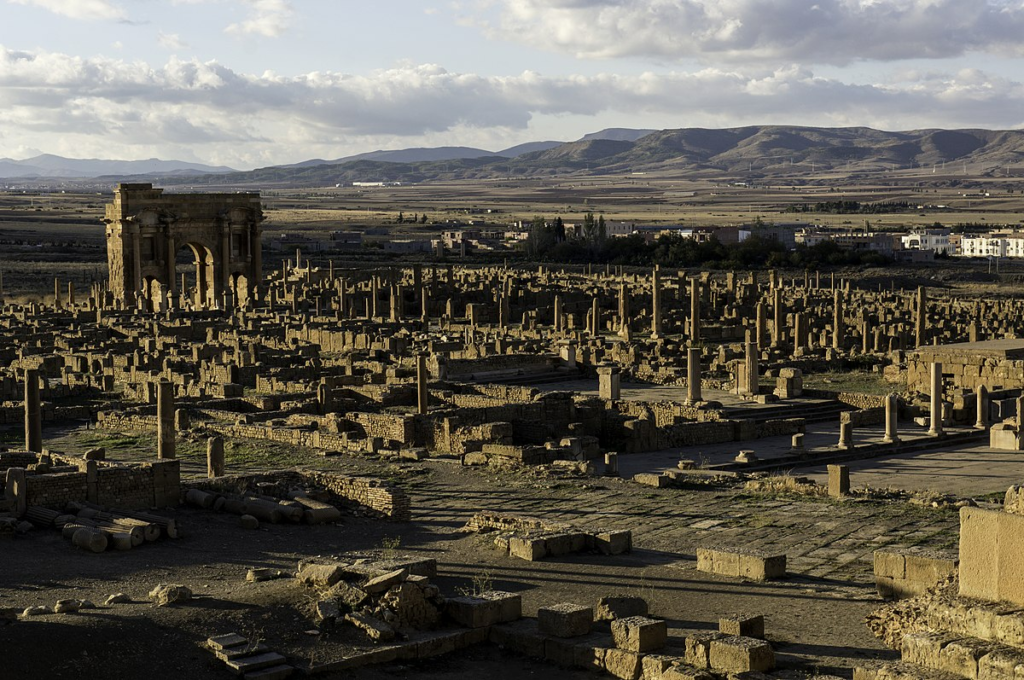
Timgad is an ancient Roman city that dates back to the 1st century AD. Known for its well-preserved ruins, including an impressive arch, a theater, and ancient mosaics, Timgad provides insight into Roman urban planning. The site is a UNESCO World Heritage site and a must-visit for history enthusiasts.
4. Oran
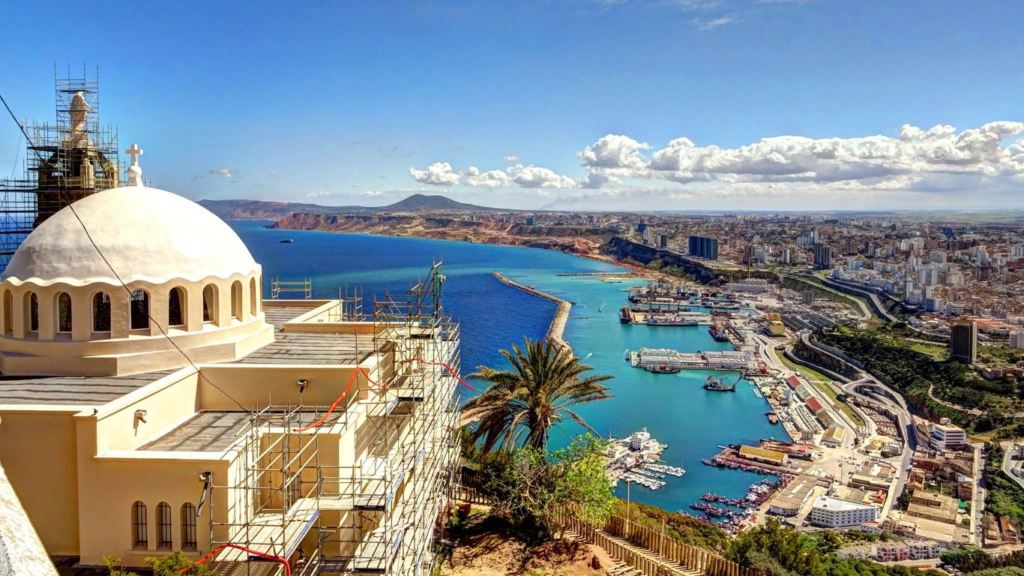
Oran, a bustling coastal city, is known for its vibrant music scene and rich cultural heritage. Visitors can explore the historic Santa Cruz Fortress, enjoy the lively atmosphere of the city’s streets, and indulge in delicious local cuisine. The city also hosts the famous annual Festival of Mediterranean Music.
5. Ghardaia
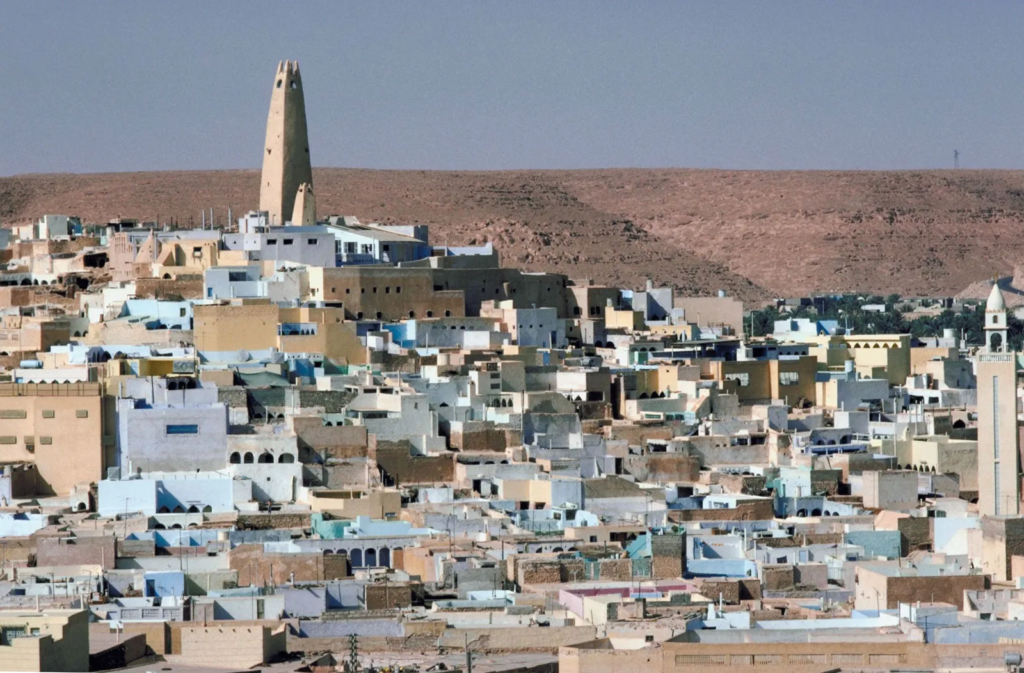
Ghardaia is a UNESCO World Heritage site located in the M’zab Valley. This unique town is famous for its distinctive architecture, including its traditional mud-brick houses and intricate irrigation systems. Visitors can explore the local markets, learn about the Ibadi Muslim community, and admire the beautiful landscape of the valley.
6. Djemila

Djemila is another remarkable Roman archaeological site featuring well-preserved ruins, including temples, basilicas, and an impressive theater. The site offers visitors a glimpse into the grandeur of Roman civilization in North Africa and is set against a picturesque backdrop of the Kabylie Mountains.
7. Tipaza
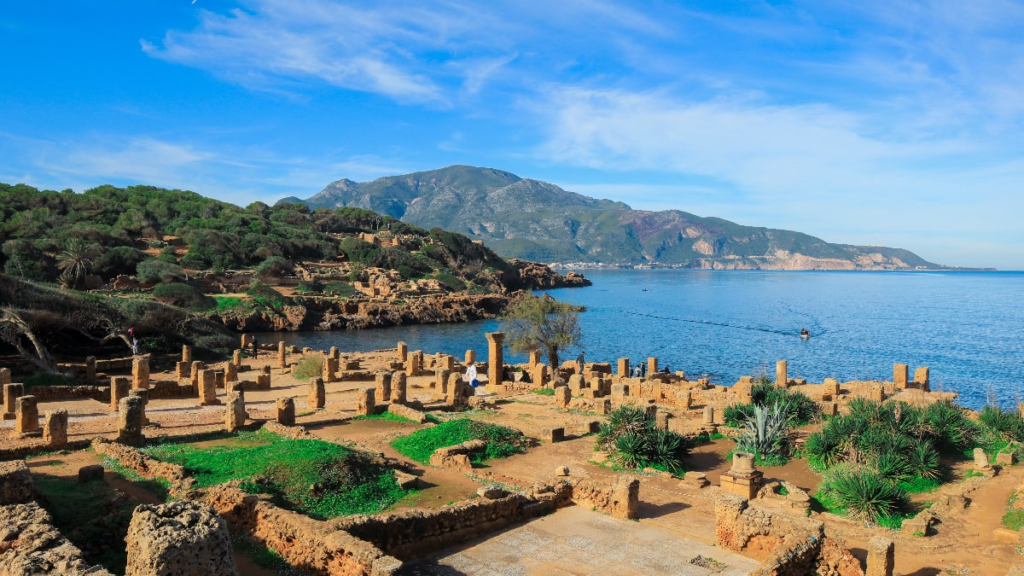
Tipaza, located along the Mediterranean coast, is home to impressive Roman ruins, including a theater and ancient tombs. The site is notable for its stunning coastal views and lush landscapes, making it a great destination for a relaxing day trip. The nearby ruins of the royal mausoleum add to the area’s historical significance.
8. Mausoleum of Mauretania
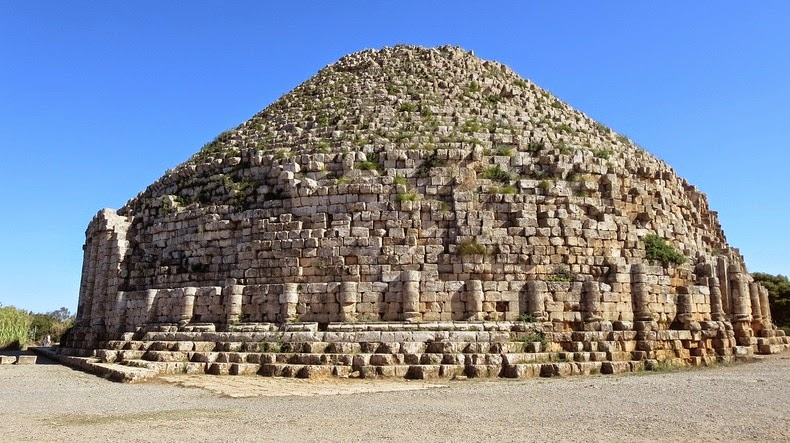
This ancient burial site, located near Algiers, is the final resting place of the Berber kings of Mauretania. The impressive structure, with its towering cylindrical shape, offers insight into the region’s royal history. Visitors can enjoy panoramic views of the surrounding landscape from the mausoleum.
9. Chrea National Park

Chrea National Park is a stunning natural reserve in the Tell Atlas mountain range, known for its diverse flora and fauna. The park offers opportunities for hiking, birdwatching, and enjoying the breathtaking landscapes. The unique cedar forests and rich biodiversity make it a haven for nature lovers.
10. Bejaia
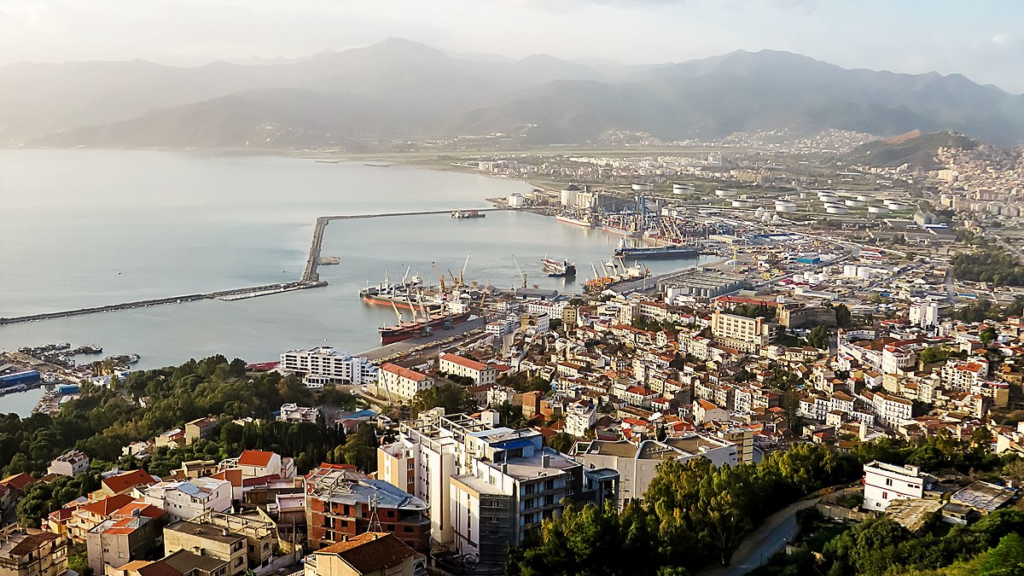
Bejaia, a coastal city surrounded by mountains, is known for its beautiful beaches and vibrant local culture. Visitors can explore the ancient ruins of the Fortress of Yemma Gouraya, stroll through the picturesque streets, and relax on the sandy shores. The nearby Kabylie Mountains offer hiking opportunities with stunning views.
Culture
Algeria’s culture is a rich amalgamation of Berber, Arab, and French influences, creating a unique identity that is both vibrant and diverse. The official languages are Arabic and Berber, with French also widely spoken, reflecting the country’s colonial past. The Arabic language is predominant in government and education, while the Berber language is a vital part of the cultural heritage, celebrated and preserved in various regions.
Traditionally, Algerian culture is marked by hospitality and family values. The family is the cornerstone of Algerian society, and gatherings often revolve around food and shared experiences. Music plays a significant role in Algerian culture, with genres like Rai and Chaabi being popular across the country. These musical styles often address social issues and express the hopes and struggles of the Algerian people.
Algerian art is also diverse, ranging from traditional crafts like pottery and textiles to contemporary works that reflect the nation’s history and identity. The country’s rich history is celebrated through various art forms, including literature, poetry, and cinema, showcasing the resilience and creativity of the Algerian people.
Festivals
Algeria hosts numerous festivals throughout the year that celebrate its rich culture and heritage. One of the most significant is the International Festival of the Sahara, held annually in the desert town of Douz.
This festival brings together musicians, dancers, and artisans from various cultures to celebrate the Saharan way of life through performances, art exhibitions, and traditional games. Other notable festivals include the Festival of Mediterranean Music in Oran and the Amazigh New Year celebrations, which honor the Berber culture and traditions.
Economy
Algeria’s economy heavily depends on its oil and gas resources, which account for a significant portion of the country’s revenue and export earnings. The country is one of the largest natural gas producers in the world and holds vast oil reserves.
This reliance on hydrocarbons has shaped Algeria’s economic landscape, providing opportunities for development but also posing challenges related to economic diversification and sustainability. Agriculture and fisheries also contribute to the economy, though they are less dominant than the energy sector.
Cuisine
Algerian cuisine is a delightful blend of Mediterranean and North African flavors, characterized by the use of fresh ingredients, spices, and aromatic herbs. Traditional dishes often feature couscous, a staple made from semolina, served with various vegetables and meats.
Other popular dishes include tajine, a slow-cooked stew, and chorba, a hearty soup made with meat and vegetables. Sweets like baklava and makroud, made with dates and nuts, add a sweet touch to the diverse culinary offerings. Algerian meals are often accompanied by mint tea, a symbol of hospitality and tradition.
Top Eight Most Famous Food

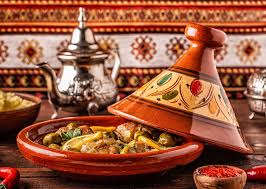
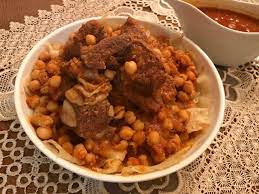
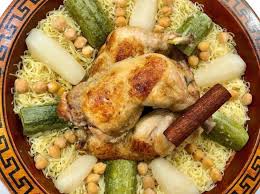




Interesting Facts
- Algeria is the largest country in Africa.
- The Sahara Desert covers over 80% of Algeria’s land area.
- Algeria gained independence from France in 1962 after a brutal war.
- The country has a rich history, with ancient Roman ruins scattered throughout.
- Algeria is home to the world’s second-largest natural gas reserves.
- The Casbah of Algiers is a UNESCO World Heritage site.
- The national animal of Algeria is the Barbary macaque.
- The Amazigh New Year is celebrated on January 12th.
- Algeria’s national dish is couscous.
- The country has a diverse landscape, including mountains, deserts, and a Mediterranean coastline.
Conclusion
Algeria is a country rich in history, culture, and natural beauty, offering a unique blend of experiences for visitors. From its stunning landscapes and ancient ruins to its vibrant festivals and delicious cuisine, Algeria stands out as a remarkable destination in North Africa. As the country continues to embrace its heritage while moving towards a sustainable future, it remains a captivating place to explore and discover.

